1. Personalized Assessments Lead to Better Treatment Outcomes 
When each patient receives braces, no two mouths are exactly alike. Tooth alignment, gum health, age, eating habits—each factor plays a role.
-
Comprehensive Evaluation: A detailed review of dental records and lifestyle helps the orthodontist design a care plan that anticipates real-world challenges.
-
Precise Oral Hygiene Strategy: For example, Emma—who snacks on trail mix daily—was prescribed a soft-bristle brush and mini-interdental brushes to keep tight wires clean.
-
Adaptive Adjustment Schedule: Patients with slower tooth movement (often teens like Emma) benefit from more frequent, gentle adjustments to avoid discomfort and avoid slowing progress.
The result? Faster treatment, fewer complications, and a healthier smile by the time braces come off.
2. Tailored Tools Boost Patient Compliance
Generic “one-size-fits-all” instructions like “brush twice a day” can feel dull—and easy to forget. Personalized tools, however, capture attention and stick.
-
Convenient Kits: Dr. Patel curated Emma’s kit: color-coded brushes, floss threaders, and a floss holder that fit her active schedule.
-
Digital Reminders: A smartphone app sent Emma daily reminders that gamified her oral care—it tracked brushing sessions and rewarded points for consistency.
-
Age-Appropriate Education: Instead of clinical terminology, Emma’s instruction cards used relatable analogies—like comparing flossing to “vacuuming between your teeth”—making routines less intimidating.
When care matches lifestyles, compliance isn’t forced—it’s automatic.
3. Care Plans Foster Long-Term Oral Health
Braces aren’t just temporary; they’re a lifelong investment in oral health. Personalized care plans set patients up for continued success once appliances are removed.
-
Retention Protocols: Emma received a retainer schedule specific to her case—daily wear for the first six months, then transitioning to night-only with periodic check-ins.
-
Nutritional Guidance: To protect enamel, her plan included tips like choosing dairy-rich snacks that are low in sugar and rich in calcium.
-
Habit Tracking: Emma had a journal to log her cleaning routine and retainer wear, providing accountability and empowering her to see her progress.
By building healthy habits early, patients can maintain their ideal smile far beyond the braces era.
4. Storytelling Shapes Motivation and Empathy
Story-based education enhances connection—especially for kids and teens.
-
Shared Learning: Dr. Patel shared success stories: like a teen who kept up with hygiene and earned braces-friendly pizza nights as a reward.
-
Empathy Focus: When Emma hit a rough patch, Dr. Patel recalled his own braces story—complete with broken wire and extra appointments—validating her frustration and boosting her resolve.
-
Visual Progress: Regular photo updates helped Emma see how far she’d come. When wires felt tight, she remembered how much straighter her front teeth already were.
These narrative approaches humanize orthodontics, lending both comfort and encouragement.
5. Family Engagement Makes It Work
Smiles aren’t grown in isolation—families play a central role.
-
Parental Coaching: Emma’s mom learned to monitor her brushing technique and reinforce retainer wear without nagging.
-
Family-Friendly Incentives: Together, they created a “retainer heroes” chart on the fridge—complete with stickers and small weekly surprises.
-
Scheduled Check-Ins: Instead of being a solo responsibility, oral care became a family habit—coordinated reminders before bedtime, shared brushing sessions, and celebratory check-ins after orthodontic appointments.
Support at home cements behavior changes and strengthens family bonds.
6. Measuring Progress Encourages Success
Nothing motivates like visible success.
-
Data Tracking: The app showed Emma’s compliance stats. She could see streaks and milestones—like 30-day brushing streaks.
-
Visual Records: Before-and-after pictures highlighted subtle improvements, especially in tooth alignment around those upper canines.
-
Milestone Rewards: Hitting certain benchmarks earned small incentives—like pick-your-own popsicles or an extra practice draw in her sketch journal.
Structured motivation turns daily routines into achievements worth celebrating.
Conclusion
Emma’s journey through braces became more than just a dental obligation—it became a story of growth, responsibility, and transformation. Individualized care plans—built on lifestyle, habits, storytelling, and family engagement—don’t just improve dental outcomes. They cultivate dedication, confidence, and lasting oral health habits.
If you or a loved one is about to start orthodontic treatment, ask your orthodontist about a personalized care plan. It could make all the difference in achieving not just a straighter smile, but a healthier, happier one—and that’s the best outcome of all.
Frequently Asked Questions
-
What is an individualized care plan in orthodontics?
It’s a personalized strategy based on your unique dental and lifestyle needs—including your eating habits, hygiene habits, and daily routine—to optimize treatment. -
How often should I brush and floss with braces?
At minimum twice a day, plus after every meal. Use a soft-bristle brush, interdental or proxy brushes, and floss threaders designed for braces. -
Are reminders really effective?
Yes—studies show that digital reminders and tracking apps significantly improve daily hygiene compliance. -
Can I eat normally with braces?
You can enjoy most foods, but braces-friendly modifications help—like cutting crunchy fruits or eating softer pasta. -
Why are retainers important post-braces?
Retainers keep teeth in their new positions. An individualized retainer schedule ensures your investment in your smile remains stable. -
What if I feel overwhelmed or discouraged?
Talk to your orthodontist! Personalized care is also about support and understanding—most offices are happy to provide extra motivation or tweaks to your plan. -
How long will my brace journey take?
Treatment usually lasts 18–24 months, but personalized plans and compliance can shorten that time. -
Do parents need to be involved?
Yes—especially for younger patients. Parental support in encouraging care routines and attending appointments is key.
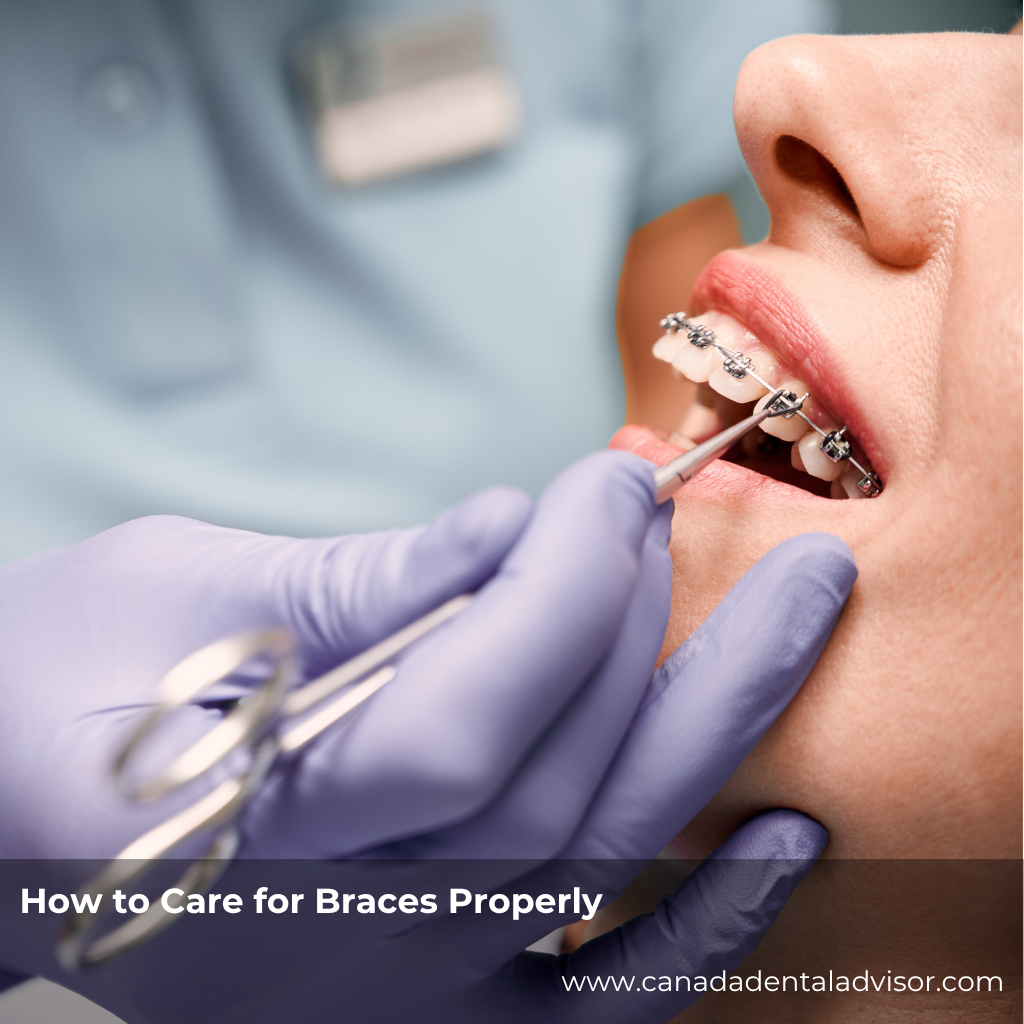


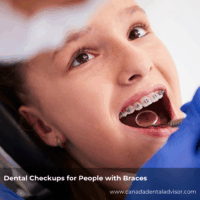
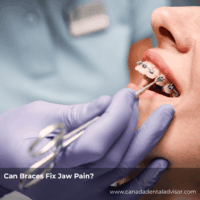
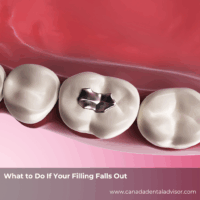

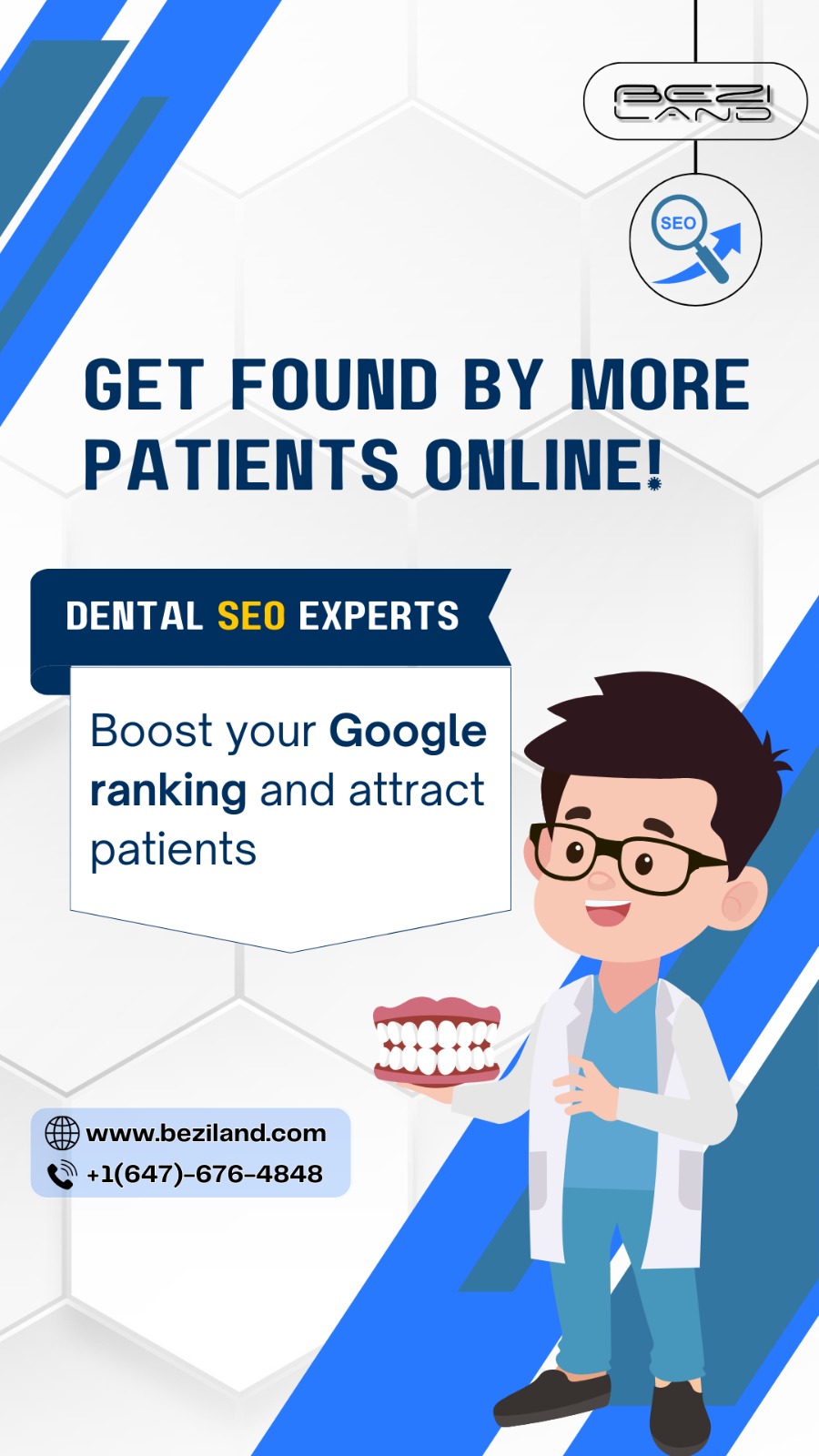
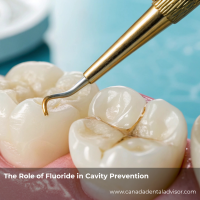


Leave a Reply